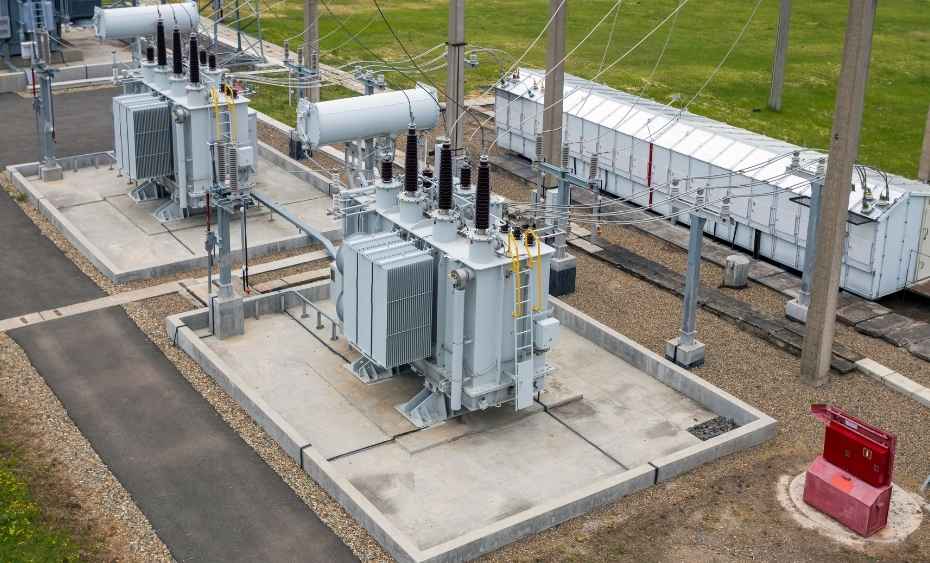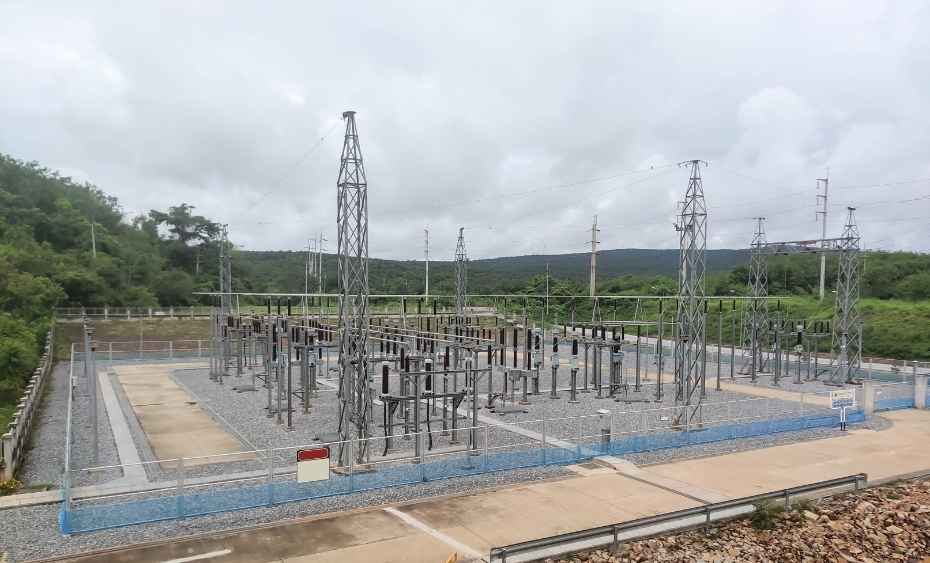In the world of electrical power systems, both substations and switchyards play crucial roles in ensuring the smooth transmission and distribution of electricity. While they may seem similar at first glance, they serve distinct functions that are vital to the operation and stability of the power grid.
In this article, we will explore what are the differences between substation and switchyard, diving into their key components, purposes, and how they contribute to the overall efficiency of the electrical system. Understanding these differences is essential for anyone interested in the mechanics of modern power networks and how electricity reaches consumers safely and reliably.
Table of Contents
What is a Substation?
An electrical substation is an essential component of a power system designed to manage the transmission, distribution, and transformation of electricity. Substations are responsible for stepping up or stepping down voltage levels to ensure the efficient transmission of power across the grid. They serve as a critical point for regulating the electrical supply and ensuring the stability of the system.

Key Components of a Substation
Substations typically consist of various components that work together to manage the flow and transformation of electrical power:
- Transformers: These devices are used to increase or decrease the voltage of electricity, enabling efficient transmission over long distances.
- Circuit Breakers: Protect the system by disconnecting power during faults or overload conditions.
- Busbars: These are conductors that allow multiple circuits to share the same power source.
- Protective Relays and Switches: These components help monitor, protect and control the system, isolating parts of the network when needed.
Substations play a crucial role in ensuring that electricity reaches its destination safely and efficiently, maintaining voltage stability across the grid.
What is a Switchyard?
A switchyard is a specialized form of a substation that operates without transformers and generally works at a single voltage level. It is used primarily for switching electrical power between different transmission lines or network components. Switchyards provide the necessary connections and disconnections for routing power, and they ensure that parts of the system can be isolated during faults or for maintenance.

Key Functions and Components of a Switchyard
Switchyards are designed for switching and routing electricity, without altering voltage levels. Their key components include:
- Circuit Breakers and Switches: Used to switch between lines and isolate different parts of the grid when required.
- Busbars: Like in substations, these conductors allow multiple circuits to share the same electrical path.
- Isolators and Disconnect Switches: Used to isolate sections of the grid for maintenance or during faults.
Unlike substations, switchyards do not perform voltage transformations. Instead, their primary role is to manage the flow of electricity at a constant voltage level, ensuring flexibility and stability across the grid.
Key Differences Between Substation and Switchyard
While both substations and switchyards are integral to the functioning of the electrical grid, they serve different purposes:
- Substations are equipped to perform voltage transformation, regulating voltage levels for efficient transmission. They contain transformers, circuit breakers, and other equipment for voltage management.
- Switchyards, on the other hand, focus on switching and routing electricity at a consistent voltage level, without transformers. They are typically simpler and are used to connect different parts of the grid, isolating sections when necessary.
In summary, substations manage the voltage levels and ensure the safe distribution of power, while switchyards are specialized for directing electrical power and providing isolation in the system.
Conclusion: Differences Between Substation and Switchyard
In electrical power systems, substations and switchyards are vital yet distinct components. A substation is a comprehensive facility that transforms voltage levels—using transformers to step up or step down electricity—while also managing the transmission and distribution of power with components like circuit breakers, busbars, and protective relays. Its primary role is to ensure voltage stability and efficient power delivery across the grid. Conversely, a switchyard is a simpler setup focused on switching and routing electricity at a single voltage level, without transformers. Equipped with circuit breakers, busbars, and isolators, it connects and isolates parts of the grid for flexibility and maintenance.
In essence, substations regulate and transform power, while switchyards direct and manage its flow. Together, they enhance the reliability and efficiency of modern electrical networks, ensuring electricity reaches consumers safely.
